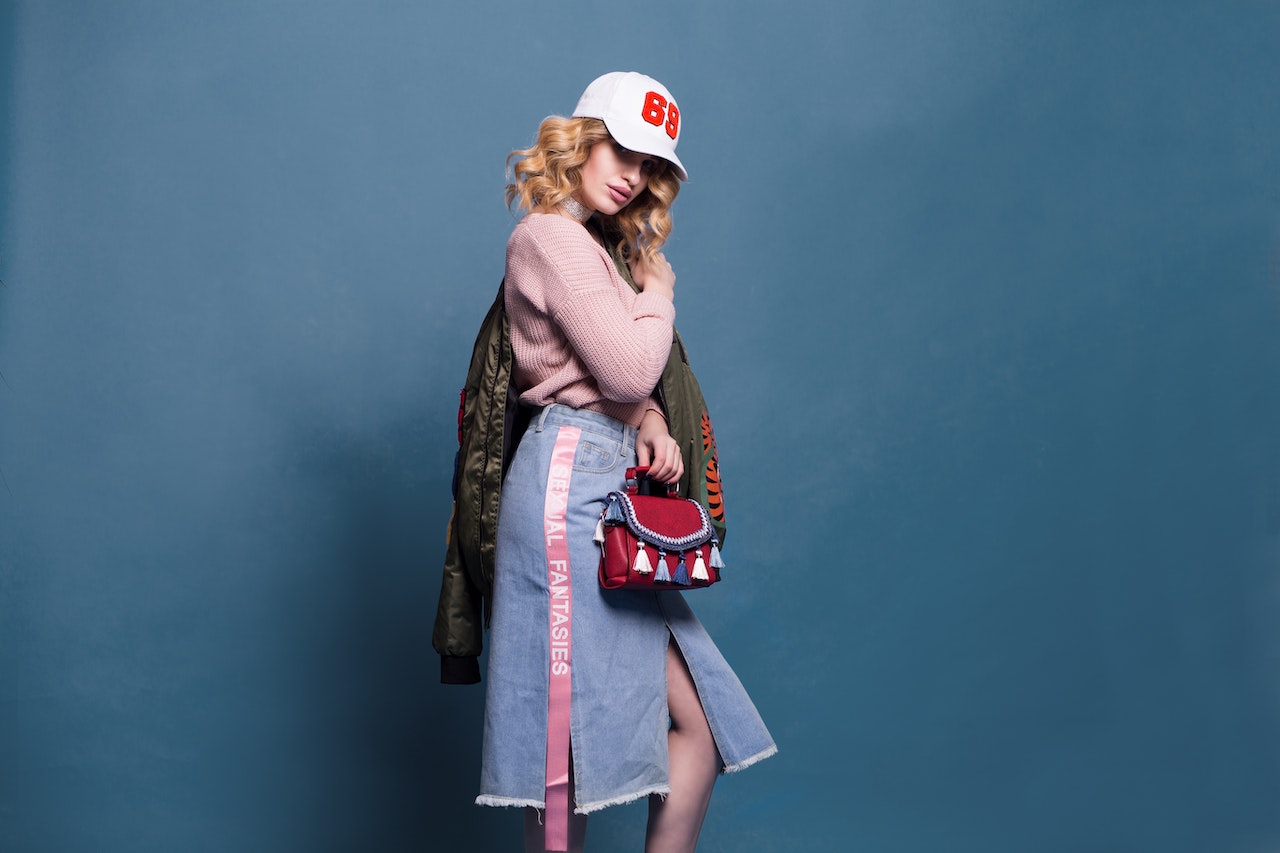During the past decade, fashion has become much more popular, and that’s due to a number of reasons. Some of these reasons include the revival of the Harlem Renaissance, the re-emergence of athletic wear, and the resurgence of Mod styled dresses. These trends aren’t limited to the fashion world, though.
ReCommerce
ReCommerce, or reselling previously owned clothing, is an increasing trend in the fashion industry. Using innovative technology, resale is becoming more accessible to more people.
Many studies have shown that recommerce is fueled by young people. The younger generations are more environmentally conscious and willing to pay more for sustainable products. They also prefer retailers that align with their values.
As the retail industry adapts to accommodate genderless fashion, sustainability is becoming a more critical consideration. In turn, the technique will adapt to meet this new frontier.
The growth of recommerce in the fashion industry is driven by affordability and sustainability. Retailers can quickly fulfill their orders because of the lower digital barriers to entry. In addition, consumers have a greater selection to choose from so click here.
Athleisure
During the past decade, the athleisure fashion trend has made its mark on fashion. The apparel industry is using the latest technology and materials to develop athleisure wear that can be worn for various activities.
Athleisure wear is a style of clothing that offers a blend of comfort and style. It can be worn at the gym, in the office, or on a casual night out. The apparel combines the comfort of sportswear with a sleek, minimalist design. This style is becoming increasingly popular in both male and female demographics.
The athletic apparel industry has dubbed this style of clothing “Athleisure.” This style of clothing is comfortable, lightweight, breathable, and waterproof. These qualities help prevent injuries and discomfort.
Mod styled dresses
During the 1960s, mod fashion took off in London. They wore bright colors, brightly lined clothes, and bold designs. They also favored the hippest footwear, especially white tights.
There were many other Mod-styled dresses to choose from. They range from miniskirts to three-button suits. They are usually made of cotton, polyester blends, or stiff wool. They usually have a notch at the bottom that can be decorated with a decorative button.
They were often embellished with exciting patterns or prints. One example is a strawberry print dress worn by Tess Holliday at the 2020 Grammy Awards.
It is difficult to determine whether the mod style was a bohemian subculture in the UK or a trend that a group of fashion-conscious teenagers adopted. Regardless of the exact origins, mod fashion is still relevant today.
Harlem Renaissance
During the early 20th century, a cultural movement known as the Harlem Renaissance emerged in the African-American community. It centered on artists working in various fields, including literature, dance, and sculpture. Many notable artists also created work for advertising and book illustrations.
The Harlem Renaissance was born in New York’s renowned Harlem neighborhood, a place of artistic inspiration for Black people. At that time, the neighborhood was the epicenter of a cultural boom that gave Black actors and musicians opportunities to appear on stage.
During the 1950s, several artists became civil rights activists. A few notable artists included Charles Alston, Aaron Douglas, and Meta Vaux Warrick Fuller. They were part of the second generation of Harlem Renaissance artists who continued to work in the following decades.
Polluting the environment
Fashion is a major contributor to environmental pollution, regardless of your opinion. The garment industry is the third-largest polluting industry in the world, behind the oil industry and coal mining. The sector is responsible for a staggering amount of water, chemicals, and carbon emissions.
The fashion industry produces more carbon dioxide than all international flights and maritime shipping combined. The average consumer purchases sixty percent more garments every year. In fact, clothing production has increased by about a hundred million pounds a year in the last decade. This means that the fashion industry has been responsible for the equivalent of three million barrels of oil over the previous few years.
The most energy-intensive step in clothing production is dyeing. Polyester is the most commonly used fabric in clothing, and its production releases acid gases, particulates, and volatile organic compounds. Dyeing accounts for 20% of global clean water pollution.

